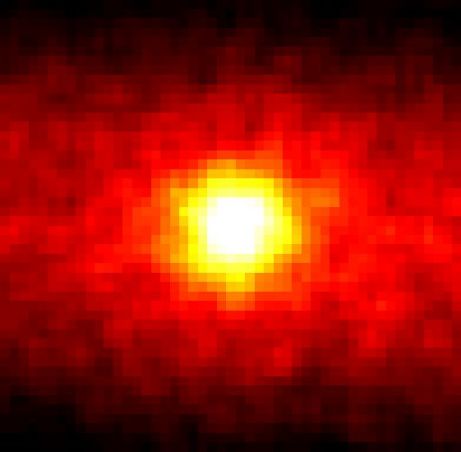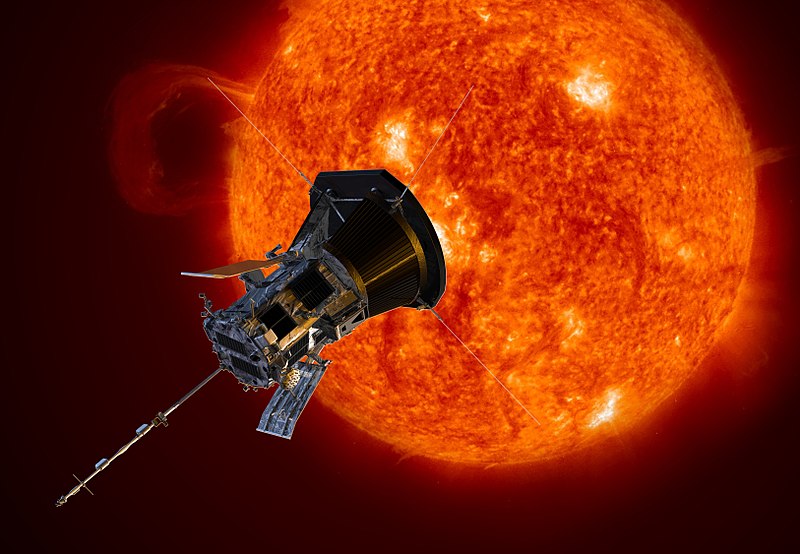2025 has not, it must be admitted, gotten off to anything like a good start. Donald Trump returned to office, swearing to uphold the US Constitution, which only a few years earlier he had attempted to overthrow by fraud and force and which he had threatened to terminate during his latest election campaign. Wasting no time, he almost immediately demonstrated his contempt for the Constitution again, by attempting to ban birthright citizenship—i.e. attempting to nullify the 14th Amendment. His inauguration speech was unbearably pious, reflecting his commitment to the now-mainstreamed Christian nationalist bloc:
I was saved by God to make America great again. … We will not forget our country, we will not forget our Constitution, and we will not forget our God. … We are one people, one family, and one glorious nation under God. … America will be respected again and admired again, including by people of religion, faith, and goodwill.
What that last sentence is meant to mean exactly is unclear, but the emphasis is firmly on the religious. And let’s not be coy about what religion he means, either: ‘our God’. (Strange, isn’t it, that God had the time to divert the bullet from Trump’s head but was absent on the day John Wilkes Booth snuck up behind Abraham Lincoln?) I could go on about the perfidy of Trump’s second administration and all the other dispiriting things about the world today, but I would rather attempt some optimism.
In that spirit, let us turn to the success of one of the most spectacular and daring scientific feats humanity has ever attempted. Last Christmas Eve, at unfathomable speed, the Parker Solar Probe braved unimaginable levels of heat and radiation to touch what many people throughout history have taken to be a god: the Sun, our very own star. Imagine what the Aztecs, for example, would make of this scientific triumph—their supreme deity Huitzilopochtli outdone by human ingenuity. This feat, and the true nature of the Sun, is much more awe-inspiring than the ignorant and blood-spattered fables of any religion.
Here is a little background (and some dazzling facts) from the BBC’s report:
Parker Solar Probe launched in 2018, heading to the centre of our solar system.
It had already swept past the Sun 21 times, getting ever nearer, but the Christmas Eve visit was record-breaking.
At its closest approach, the probe was 3.8 million miles (6.1 million km) from our star’s surface.
That might not sound that close, but [Dr Nicola Fox, NASA’s head of science] put it into perspective “We are 93 million miles away from the Sun, so if I put the Sun and the Earth one metre apart, Parker Solar Probe is 4cm from the Sun – so that’s close.”
The probe endured temperatures of 1,400C and radiation that could have frazzled the on-board electronics.
It was protected by an 11.5cm (4.5in) thick carbon-composite shield, but the spacecraft’s tactic was to get in and out fast.
In fact, it moved faster than any human-made object, hurtling at 430,000mph – the equivalent of flying from London to New York in less than 30 seconds.
Parker’s speed came from the immense gravitational pull it felt as it fell towards the Sun.
Equivalent to four centimetres from the Sun! Nearly half a million miles per hour! 1,400 degrees! Talk about Christmas miracles—NASA has outdone them all, no miracles required, just the application of reason and science. Forget those old men following their star to a stable. Piffle! Easy!
There are a couple of lessons here. First, despite the terrestrial gloom, humanity is still capable of the glorious. That is something worth celebrating. And our foray into the Sun should inspire us to apply the spirit of reason, inquiry, and humanism down here in the gutter. Second, the Sun, so long an object of supernatural veneration and superstition, continues to yield, as so much else does, to scientific investigation. Supernaturalism of all sorts has been dealt a blow by Parker. The universe is awe-inspiring and it can be terrifying, but it is intelligible, and the awe on offer from reality is much more profound than anything any religion is even remotely capable of offering.
Last year, I read the very good book Starborn: How the Stars Made Us—And Who We Would Be Without Them by Roberto Trotta. In it, he discusses many of the myths and rituals that have surrounded the stars since humanity first glanced upwards. Did you know, for example, that Assyrian kings were so terrified of solar eclipses that they would temporarily replace themselves with one of the low-born? Says Trotta:
Usually a prisoner, a criminal, or a commoner, the puppet king was appointed on the recommendation of the court astrologers; in the wake of an eclipse, such as that of June 15, 763 BC (the first unambiguously recorded solar eclipse in history), he would be enthroned, dressed in regal robes, and given a consort queen. He was made to swear a special oath in which he “took all the celestial and terrestrial portents on himself,” and for up to one hundred days he would be dined, entertained, and surrounded by bodyguards (lest he escape), while the real king remained in hiding. When the celestial danger was deemed to have passed, the substitute was executed and the king reinstated. The eclipse did invariably bring death for the substitute king.
This sad state of affairs is to be found throughout human history, even today. Just as the Assyrians had the intellectual ability to predict celestial events yet still bent to vicious and bloody superstition, we can touch the face (or at least a cheek) of God with our space probes and edit genes and produce new vaccines in a matter of months, but still we have mass support for men like Trump. Still we have ignorance and violence across the globe—much, if not most, of it attributable to religion. Are we always doomed to be like those poor puppet kings, members of an ingenious species capable of the truly transcendent as well as the basest vileness? Probably the answer is yes.
But I was aiming for optimism. Yes, perhaps we are doomed in that sense, but over the millennia, especially in the last few hundred years, there have been real victories against supernaturalism and all its attendant idiocies and miseries. Parker is an emblem of that progress. Religion and superstition are likely to be with us forever, but they don’t have to be in control of us forever. We can do—we have done—better. So here, from 2015, is an artist’s rendition of Parker approaching the Sun, a feat which, less than a decade later, was, astonishingly, achieved. (Source: NASA/Johns Hopkins APL/Steve Gribben.)
I can’t help but add another solar image, this one much older—from 1998. It came to my attention through Steve Stewart-Williams’s Substack. As he puts it, the image might not look very spectacular, but it was taken ‘not by looking up but by looking down, straight through the entire Earth, using neutrinos rather than light. Amazing!’ Indeed it is. We could look up into the sky and straight down through the planet to glimpse the boiling heart of our Solar System—and now, we can even touch it. Awesome, in the proper sense of the word.










2 comments
(Strange, isn’t it, that God had the time to divert the bullet from Trump’s head but was absent on the day John Wilkes Booth snuck up behind Abraham Lincoln?)
Even stranger: the attempt to murder Trump also led to the death of one of his audience and the murderer, as well wounding several others. Any competent omnigod should be able to do better.
This is a great read. Unogeeks is the top Oracle Fusion HCM Training Institute, which provides the best Oracle Fusion HCM Training
Your email address will not be published. Comments are subject to our Community Guidelines. Required fields are marked *
Donate